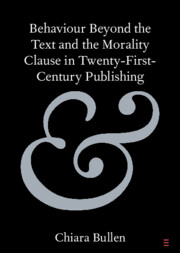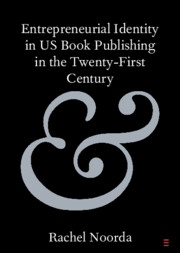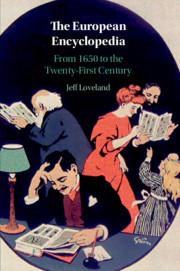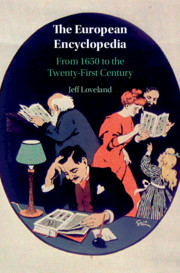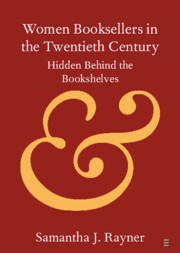Behaviour Beyond the Text and the Morality Clause in Twenty-First-Century Publishing
A morality clause allows contracting parties to terminate a contractual agreement with those who exhibit behaviour deemed unacceptable. Established in 1920s Hollywood, these contractual clauses are now found in twenty-first-century publishing agreements. This Element investigates the presence of the morality clause in the UK book publishing industry in relation to an increased focus on author behaviour beyond the text in the twenty-first-century, examining the way it operates within the publishing field in the context of behaviour perceived to be 'problematic'. It asserts the clause is perceived to be needed due to the emergence of social media and twenty-first-century social contexts combining to impact the author-reader relationship which, in turn, leads to author behaviour acting as a paratextual threshold to their work. This Element presents an analysis of the morality clause in practice, concluding the clause has the potential to further the power imbalance between author and publisher.
Product details
November 2024Adobe eBook Reader
9781009573153
0 pages
This ISBN is for an eBook version which is distributed on our behalf by a third party.
Table of Contents
- 1. Introduction
- 2. Behaviour Beyond the Text and The Author-Reader Relationship
- 3. The Morality Clause in Practice
- 4. Conclusion.

